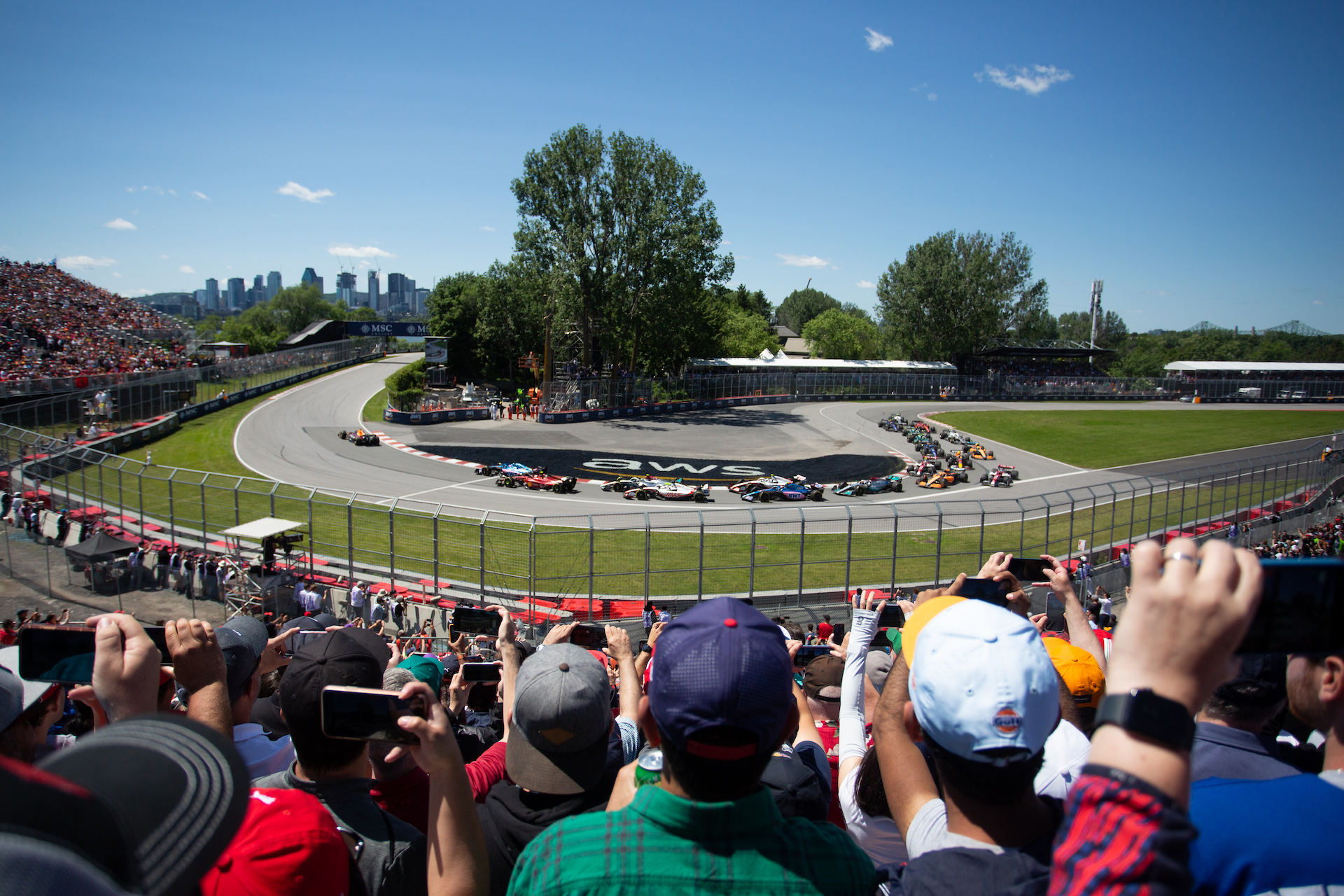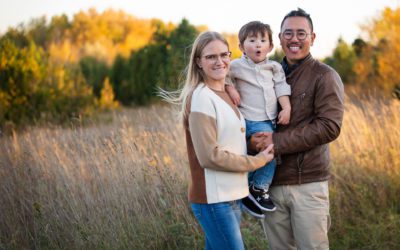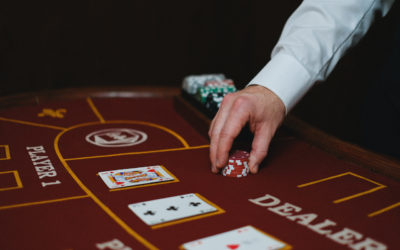How to Take Photos from the Grandstands of the Canadian Formula One Grand Prix in Montreal
While all sports are challenging to photograph in their own way, Formula One is an especially difficult event to capture for the casual photographer.
This guide is a summary of what I learned from taking and editing pictures at the 2022 Canadian Grand Prix in Montreal.
Hopefully it helps photographers of any ages and skill levels to capture some pictures of your own at any Formula One track around the world!
If you have any questions, feel free to ask in the comments below!

1/5000, f4, ISO 400 shot with a Canon 5dMk3 with a Canon 17-40mm F4
What are some of the challenges of photographing a Formula 1 race?
1. Access
Unless you are able to get a press pass, access to places that give you a good opportunity to take pictures is the biggest issue. A spot in the grandstands may provide a great view but can also be very limiting creatively.
If you do have the chance to take a stroll and explore the race track from different vantage points, you may find some nice options but more likely than not you will have to deal with the next item on our list which is…
2. Fencing
Safety is top priority in Formula One, of course. As a result, you may need to shoot through fencing which can obstruct your view of the track and cause challenges for any pictures.
Depending on the amount and style of fencing, your camera’s autofocus may often grab the fence instead of the cars behind it, causing lots of missed shots. Fortunately, there are some focus techniques that you can use further on in this article!
3. Distance
Even if you have a great seat, your next issue will be the distance between yourself and the track. Depending on your gear, this may be highly limiting. The good news is that you can still get some cool wide shots … but unless you have a lens capable of a good deal of zoom, you may not be able to get shots up and close with the racers.

1/8000, f3.5, ISO 1000 shot with a Canon 5dMk3 with a Canon 70-200mm F2.8
About the Montreal Circuit
Circuit Gilles Villenueve is a track that has very limited viewing options besides the grandstands.
There is thick, double-layered fencing around the track and only a couple places around the whole of the track where you can get an unobstructed view. Naturally, these places are often claimed quickly by visitors with general admission tickets, so if you want to claim a good spot you will need to arrive early.
There are a number of walkways over the track which are tempting vantage points but these are covered with cloth material, presumably to prevent people from standing and blocking the walking path. I was not at one of these walkways during the race, so I’m not sure if it would be an option to take photographs from, but it definitely would not give much flexibility.
Overall, your best bet is to grab a seat in the grandstands and, for variety, maybe consider relocating a bit during practice or qualifying, provided you aren’t disturbing the experience of others around you on the grandstand.
Since races are typically during the day when there is lots of light to work with. That creates pretty forgiving conditions for photography and means you likely won’t need a super fancy camera or a lens with a super wide aperture.
Camera
Honestly, most cameras will do the job well in good lighting conditions. The main features you may want to look for would be a quick burst mode and good ISO performance.
Burst mode provides a fairly clear benefit in that you can take a series of shots and increase your odds of getting a keeper. It can be tempting to fire off a million shots and hope for the best, but my recommendation is to consider your shots and angles rather than just firing images endlessly in burst mode.
Good ISO performance is beneficial if the race is on an overcast day or as the sun starts to set. In order to maintain a fast enough shutter speed to “freeze” the cars in your image, you will need to push the ISO setting on the camera higher. This has the drawback of introducing more grain and noise into the image, lowering the image quality.
Modern cameras perform well up to at least 1600 ISO, which should be more than enough for any race run during the day.
An interesting thing to note is that most consumer-level cameras have a “crop sensor”. This essentially means the sensor is smaller than a professional-grade “full frame” camera. However, the side benefit of these consumer-level cameras is that the crop sensor functionally “adds” more zoom to your lens.
What this means is that a 200mm zoom lens on a full frame camera will be 320mm of zoom on a crop sensor camera.
There are quality differences that make full frame preferable to a crop sensor, but the extra zoom is an interesting little bonus in this scenario.
Lenses
The answer here is simply “whatever has decent zoom”.
Note that it also may not be overly practical to haul around a large lens, so think in terms of portability as well. A large lens could also be disruptive to the people sitting around you, so consider that too!
As mentioned before, focus speed might be a factor depending on your seat and type of shot you are hoping to create, but read further below for some tips below to help reduce the challenges associated with slow focus lenses.
My go-to lens in this sort of situation is the trusty 70-200mm 2.8. It’s a great lens and compact enough to carry around all day without getting tired. A focal length of 200mm won’t get you close enough to see intricate details on the driver’s helmets, but it will give you enough reach to create some memorable pictures.
Don’t neglect bringing a good wide angle to the track to capture the whole perspective from your seat! Whether you are shooting with a standard kit lens or if you have something more fancy, make sure to take some wide shots. I find that many people only take zoom images and forget to take wide shots — remember that wide shots often do a better job showing the general atmosphere and “feel” of the event!

1/6400, f2, ISO 320 shot with a Canon 5Dmk3 with a Sigma 35mm 1.4
What settings should you use to take pictures at a Formula 1 race?
While the best settings to use depend both on the weather and the type of image you are trying to create, it’s likely that your first priority for settings will be…
Fast Shutter Speed
Yep, fast moving cars require a fast moving camera shutter — who would have thought?
Fortunately, on a sunny day, it’s normally quite easy to achieve a fast shutter speed regardless of your camera.
On an overcast or rainy day, if you are finding that the shutter speed is simply too slow for the action, you can open your aperture and/or boost the ISO in order to keep your shutter speed fast enough to “freeze” the cars as they drive by.
If you’re looking for a fun challenge then your other option, somewhat counterintuitively, is to try a…
Slow Shutter Speed
Now’s your chance to try your hand at “panning” — a tricky but very rewarding technique.
Panning is where you intentionally slow the shutter speed and then track the car with your camera while taking a picture. If you follow the car smoothly enough, you get a striking result where the car is in focus and the background is motion blurred.
This technique is best done using your camera’s burst mode, and definitely takes some practice and experimentation to get right.
Start with a shutter speed somewhere around 1/4 to 1/25 and take a burst of images as the car passes. Tweak your shutter speed to taste based on the results.
Slower shutter speeds will exaggerate the motion blur effect but will also make it difficult to keep your subject in sharp focus.

1/2500, f4, ISO 250 shot with a Canon 5Dmk3 with a Canon 70-200 2.8
What are some techniques that will help with getting better pictures?
Pre-Focusing
If your camera focus can’t keep up with the speed of the cars or if it keeps catching onto fencing instead of the track, it’s really good to consider pre-focusing.
In this technique, you switch to manual focus and then adjust the focus to a specific point on the track. This might be a corner, for example.
Then when the cars come through, you can take the picture as they pass your focus point, knowing that the picture will turn out.
This is a lifesaver when fencing is in the way!
Use creative composition to create variety in your pictures
A disadvantage with sitting in the same seat for the majority or entirety of a race is that you don’t have the opportunity to create very different images.
If this is the case, remember you can use both vertical and horizontal orientation, along with different amounts of zoom, to create a variety of “looks”.
It’s not fun to come home with many pictures that look the exact same. Explore with your composition and see what options are available!
What else should I consider?
Remember to capture the atmosphere of race day!
Remember that there are more photo opportunities than just the cars on track.
Formula One offers a fantastic atmosphere with many colourful fans and sights. Keep your eyes open for unique candid photo opportunities that can “bring you back” to the feeling of being at a race.
Got any more questions? Ask them in the comments below!

1/4000, f1.6, ISO 400 shot with a Canon 5Dmk3 with a Sigma 35mm 1.4
The latest posts from the Photography Blog
Preparing for Your Family Photography Shoot: 6 Important Things to Consider
Preparing for Your Family Photography Shoot: 6 Important Things to ConsiderPlanning a family photoshoot? This short guide will give a list of what to consider in advance to make sure to get the most out of the time and have confidence you'll get some great...
The Top 5 Reasons to Book a Corporate Headshot Photoshoot for Yourself or Your Team
The Top 5 Reasons to Book a Corporate Headshot Photoshoot for Yourself or Your TeamA professional, current headshot is a must in today’s digital-first society. For many lines of work, the difference between a good or a not-so-good headshot might be the dealbreaker in...
How to Photograph a Poker Game
How to Photograph a Poker GamePhotography is a varied skill, with each subject presenting a different challenge for you and your camera.Whether photographing sports, people in the street or wildlife, you will need to draw on different skills, both in terms of...
Creating Your Own Luck on the Street
Creating Your Own Luck on the StreetStreet photography is both exhilarating and nerve-inducing in equal measure. Capturing real people, as unpredictable and varied as they are, can offer huge challenges and wonderful rewards. As demonstrated in our article...
What are the best camera settings for hockey photography?
Have you ever tried to shoot hockey with your camera set to “Auto” or “Sport” and been disappointed with the results?
Cameras are getting smarter every day — but they still struggle with the challenges that come with photographing hockey.
The good news is that you can learn to set up your camera in manual mode and make the most of your time at rink.
What are the benefits of commercial photography for your small business?
What are the benefits of commercial photography for your small business?How do you quickly grab a potential customer’s attention? People don’t read anymore and there are a million different distractions competing for interest, so anything mundane or expected...










